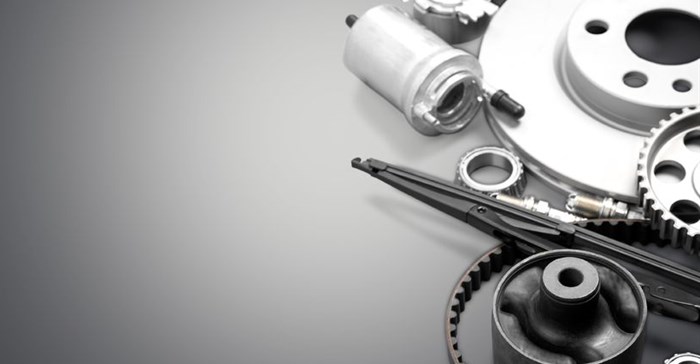Car parts: non-genuine doesn't mean no good

“A car is a big investment so obviously we want to know we’re getting the best possible quality when it comes to parts, which is why many motorists are duped into believing their vehicle should have nothing less than OEM or genuine parts. We’ve seen recent adverts on television which try and reinforce this myth, but the truth is, in some cases, aftermarket parts are an improvement on OEM parts.”
Aftermarket vs genuine
According to MIWA, market research indicates that the quality of aftermarket parts has increased over the past decade, raising confidence amongst workshop owners, service technicians and motorists alike.
The often misused terms 'aftermarket parts' vs 'genuine' is confusing to say the least. A known factor is that the OEMs do not manufacture their own parts and up to 80% of the parts that are used in the manufacture of the motor vehicle, are manufactured by outside suppliers who then supply the OEMs. These manufacturers supply those exact parts to the independent aftermarket yet the OEMs stigmatise these as non-genuine, inferior aftermarket parts.
“Aftermarket parts are a good option, especially if your car is three to four years old. Of course there are inferior parts out there but by sticking with brands you know and those recommended by a reputable, accredited workshop that knows your vehicle and uses the right products and parts, you can get the same performance out of aftermarket parts versus OEM and genuine parts, at a lower cost,” says McMaster.”
The reason aftermarket parts often out-perform OEM parts, he explains, is that aftermarket companies analyse weaknesses in OEM parts and through a process of reverse-engineering, they are able to eradicate weaknesses and flaws.
Another plus for motorists is that there are lots companies which make aftermarket parts – more variety means a better price range for the independent workshop owner when sourcing parts. And, with such a big supplier pool, the parts are readily available.
McMaster concludes that the new-car market in South Africa unfortunately still burdens consumers with warranties which dictate the use of genuine parts. “In many first-world countries, this is a thing of the past and consumers are free to use aftermarket parts in their vehicles without affecting the warranty. This is the kind of change we desperately need in South Africa and which is why MIWA is lobbying for change and legislating the Right to Repair initiative in South Africa. Right to Repair has been advocated and legislated in first-world countries around the world since the early 80s. It promotes consumers having the right to choose where their vehicles are serviced, maintained and repaired at competitive prices in the workshop of their choice.”

Know your parts
Genuine: A part that was originally put in the car when it was new. While it may come in a box with the car manufacturer’s logo on it, the part was actually made by another company. This is the most expensive type of part (primarily because you’re paying for the logo on the box).
Original equipment manufacturer (OEM): A part made by the company which manufactured it for the car company. It is exactly the same as the genuine part but doesn’t carry the car company’s logo. OEM parts are much better value than genuine parts.
Aftermarket: A part made by a company other than the original manufacturer. Aftermarket companies buy the rights to produce these parts. These parts are made to fit and perform as well as, and in some cases better than, the original and cost less.